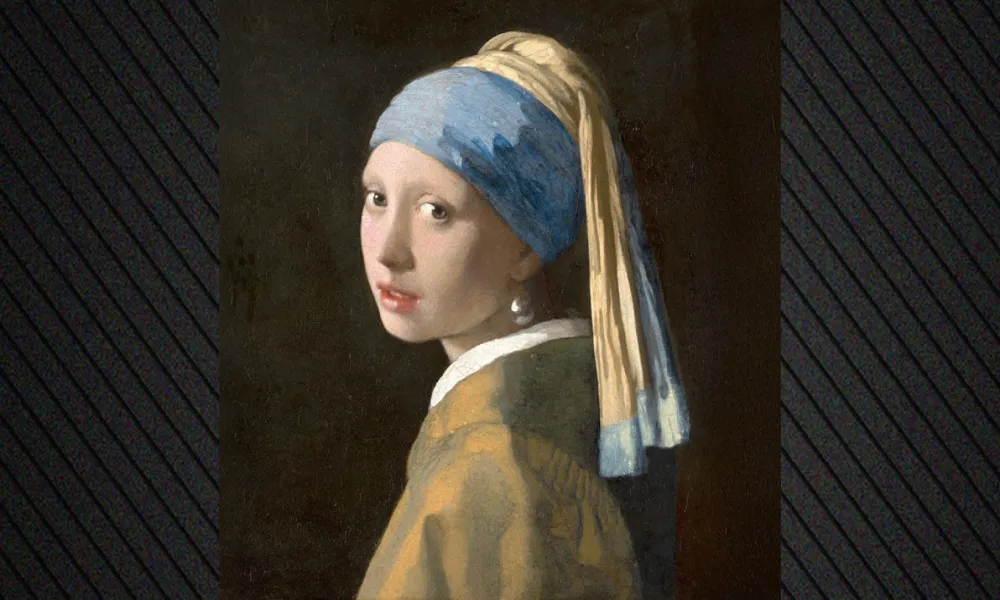For 360 years, her gaze has captivated everyone who has looked at her, yet her identity remains a mystery. The subject of “Girl with a Pearl Earring”, painted by Dutch master Johannes Vermeer, has inspired endless debate. Now, a British art historian believes he has finally solved it.
According to the Daily Mail, Andrew Graham-Dixon argues that the girl in the painting was Magdalena, the 10-year-old daughter of Vermeer’s longtime patrons, Pieter van Ruijven and Maria de Knuijt. The couple, who belonged to a Protestant sect known as Arminianism, supported Vermeer for years; and Maria, in particular, served as his principal benefactor.
Graham-Dixon told the Sunday Times that Magdalena was “likely” the girl wearing the pearl earring, and that she is depicted as Mary Magdalene, a follower of Jesus, “turning toward Christ with deep emotion.” His theory will feature in his upcoming biography, Vermeer: A Life Lost and Found, to be published by Allen Lane later in October.
Religious roots of Vermeer’s inspiration
Maria de Knuijt and her husband were followers of the banned Arminian movement in 17th-century Holland. Maria also belonged to an even more radical offshoot called the Collegiants; a pacifist, democratic, and charitable group. Vermeer himself, Graham-Dixon says, participated in meetings of both sects.
“Every one of Vermeer’s paintings,” he added, “was inspired by the religious beliefs of Maria de Knuijt and those close to her, including Vermeer himself.”
According to his research, the painting may depict the couple’s daughter Magdalena at around age 12, in autumn 1667, the age when Collegiants traditionally confirmed their spiritual commitment to Christ.
The myth and the movie
The Girl with a Pearl Earring gained renewed fame with Tracy Chevalier’s 1999 novel and its 2003 film adaptation starring Scarlett Johansson and Colin Firth. In that fictional retelling, Johansson plays Vermeer’s maid, not his patron’s daughter, who becomes romantically involved with the painter.
In contrast, Graham-Dixon’s account reframes the painting not as a story of passion, but of faith and spiritual symbolism.
“The allure of this painting lies in its mystery”
However, not all experts are convinced. Art historian Ruth Millington, author of Muse: Uncovering the Hidden Figures Behind Art History’s Masterpieces, cautioned against reading Vermeer’s work as a portrait of a real, identifiable person.
“This theory has circulated for some time,” she told the Daily Mail, noting that other scholars, such as Dr Judith Noorman, have made similar claims. “But the true charm of the painting lies in the mystery of its muse. It’s not meant to be a literal portrait of a model we can easily recognise, but an imagined figure. Art is rarely as biographical as people assume.”
She added: “For example, Leonardo da Vinci’s real model for the Mona Lisa may have been his male assistant, yet the painting is not an exact likeness. Artists love to keep us guessing. That’s why we return again and again to the Girl with a Pearl Earring.”
Painted around 1665, Vermeer’s masterpiece remains one of the world’s most enigmatic works. The artist died a decade later, aged just 43, leaving behind 34 known paintings and an enduring riddle that continues to fascinate art lovers centuries on.
Source: Proto Thema, Daily Mail, Sunday Times
